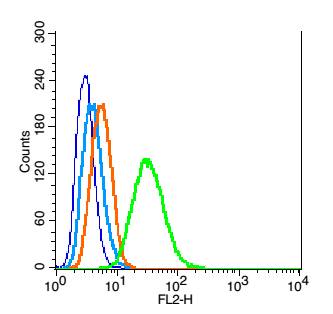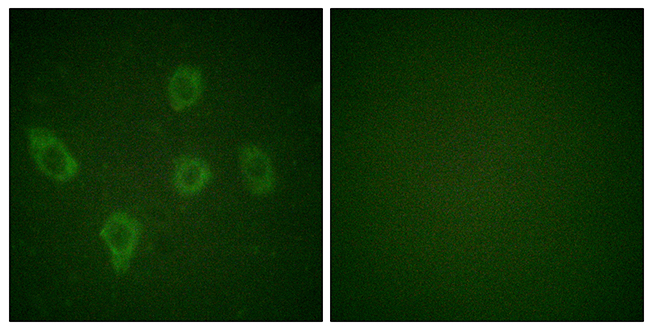Mouse anti Human Caspase-9
X1177M
ApplicationsWestern Blot
Product group Antibodies
ReactivityHuman
TargetCASP9
Overview
- SupplierNordic-MUbio
- Product NameMouse anti Human Caspase-9
- Delivery Days Customer7
- Application Supplier NoteDetects proenzyme form of human Caspase-9 by Western blot analysis as well as one of the cleavage products after treatment with thapsigargin. Optimal concentration should be evaluated by serial dilutions.
- ApplicationsWestern Blot
- Applications SupplierWestern Blotting;Western Blotting
- CertificationResearch Use Only
- ClonalityMonoclonal
- Clone IDLAAP6 96 2-22
- ConjugateUnconjugated
- Gene ID842
- Target nameCASP9
- Target descriptioncaspase 9
- Target synonymsAPAF-3, APAF3, ICE-LAP6, MCH6, PPP1R56, caspase-9, ICE-like apoptotic protease 6, apoptotic protease MCH-6, apoptotic protease activating factor 3, caspase 9, apoptosis-related cysteine peptidase, protein phosphatase 1, regulatory subunit 56
- HostMouse
- IsotypeIgG
- Protein IDP55211
- Protein NameCaspase-9
- Scientific DescriptionCysteine-requiring Aspartate Protease-9; iCE-like apoptotic protease 6;Apoptotic protease Mch-6; Apoptotic protease-activating factor 3
- Shelf life instructionSee expiration date on vial
- ReactivityHuman
- Reactivity SupplierHuman
- Reactivity Supplier NoteHybridoma produced by the fusion of splenocytes from mice immunized with recombinant human capase-9 protein and mouse myeloma cells.
- UNSPSC12352203






